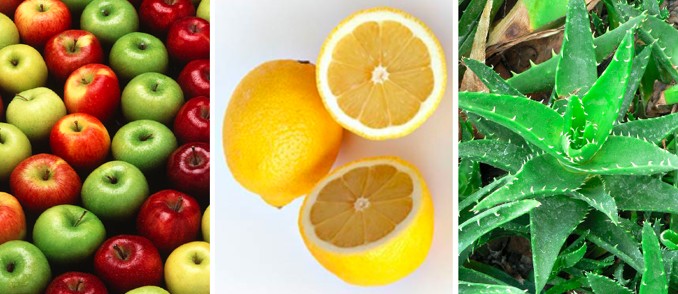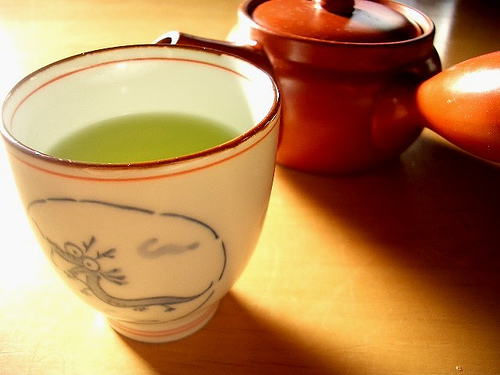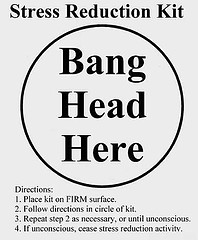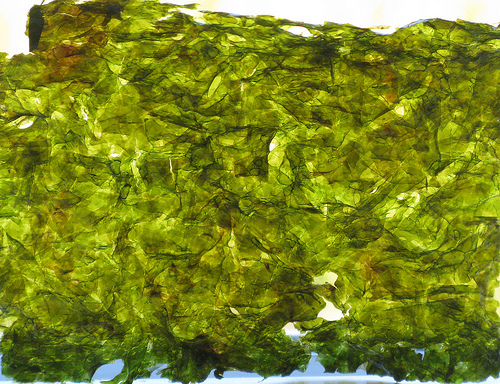 Most of us want to eat healthier. Food companies know this — and their marketers know just how to push our buttons. Just ask Bruce Bradley — a former processed food marketer turned real food advocate. He recently posted a list of 17 health claims food companies use to trick us into buying unhealthy processed foods.
Most of us want to eat healthier. Food companies know this — and their marketers know just how to push our buttons. Just ask Bruce Bradley — a former processed food marketer turned real food advocate. He recently posted a list of 17 health claims food companies use to trick us into buying unhealthy processed foods.
Here are the seven misleading health claims that top my list.
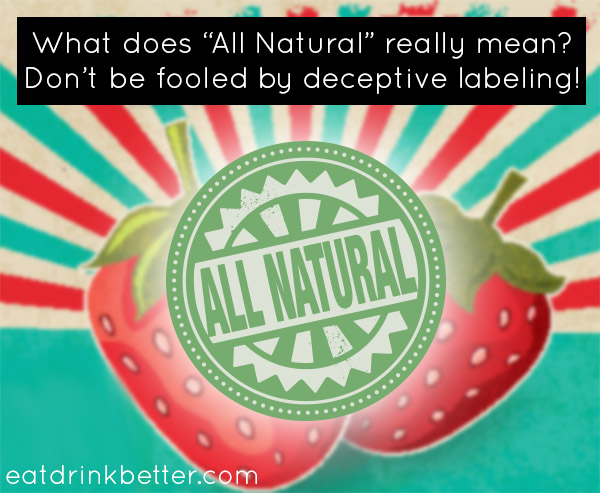
1. Natural. The Food and Drug Administration (FDA) doesn’t have a definition for the word “natural,” so companies use it with abandon.

2. Real. Really? Food companies use this term to highlight a “premium” ingredient. As Mr. Bradley points out: “One ingredient does not make a box or bag REAL food.”
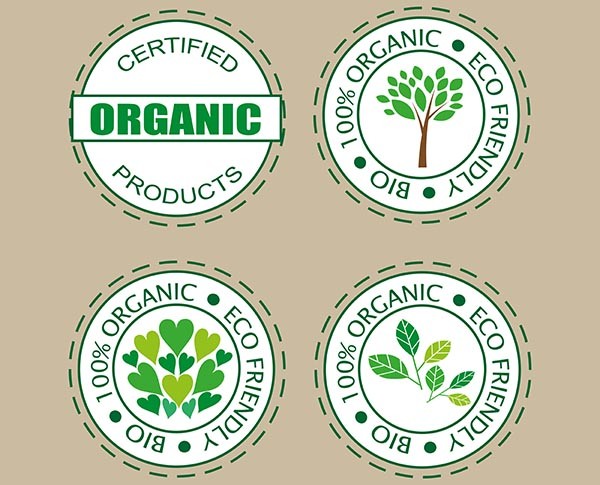
3. Organic. This one is interesting because the FDA does regulate the use of the word “organic.” But did you know you can buy organic jelly beans? And organic pizza rolls? Those aren’t healthy choices. Organic doesn’t mean healthy.
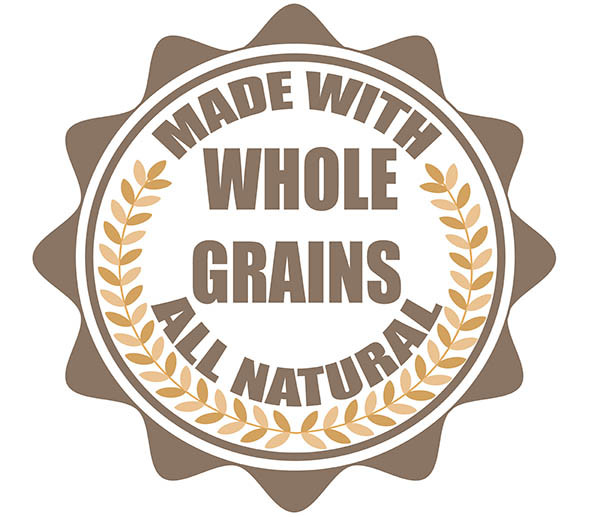
4. Whole Grain. All it takes is a minute trace of a whole grain in a product for food companies to be allowed to label it “whole grain.” And the benefits of whole grains are frequently offset by added sugars, artificial colors, and other additives.
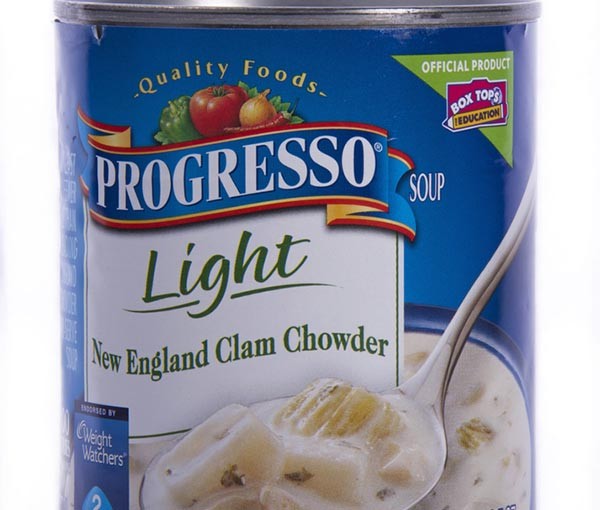
5. Light and Lean. Mr. Bradley calls these the “prized words of trickery, especially during weight loss season.” As with foods made with whole grains, foods labeled “light” or “lean” are often filled with stuff that ain’t so good for you.
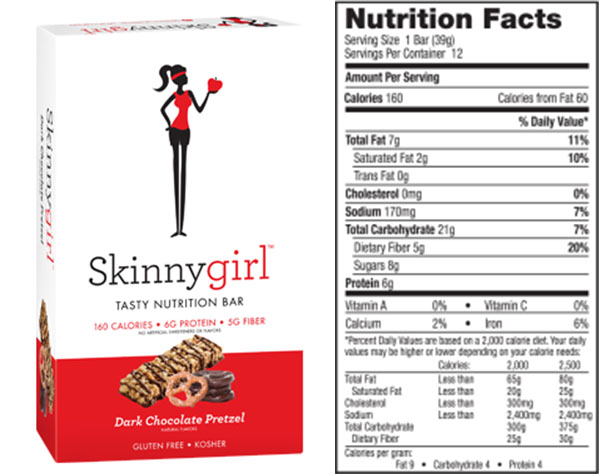
6. Skinny. This word has become quite popular, but the FDA doesn’t have any requirements related to its use. Just take a look at some of our prior posts on Skinnygirl products: Skinnygirl cocktails contain an additive linked to aging and cancer as do Skinnygirl Sparklers.

7. Fiber. I’m trying to get more fiber into my diet. (Eating chia pudding is a fantastic approach, by the way.) But fiber is an additive that can be incorporated into many foods that are bad for your health in most other ways.
As always, it’s buyer beware when it comes to grocery shopping. And as always, the best path to healthy eating is lined with fruits, vegetables, healthy proteins, and legumes. And it’s best navigated by reading the labels on packaged foods before you decide to put them in your body.
Go read about 10 additional tricky health claims on Mr. Bradley’s website, and sign up for his updates. I’ve learned a lot by following him. Thanks for the tips Bruce!
Image Credits: Food label images via Shutterstock

